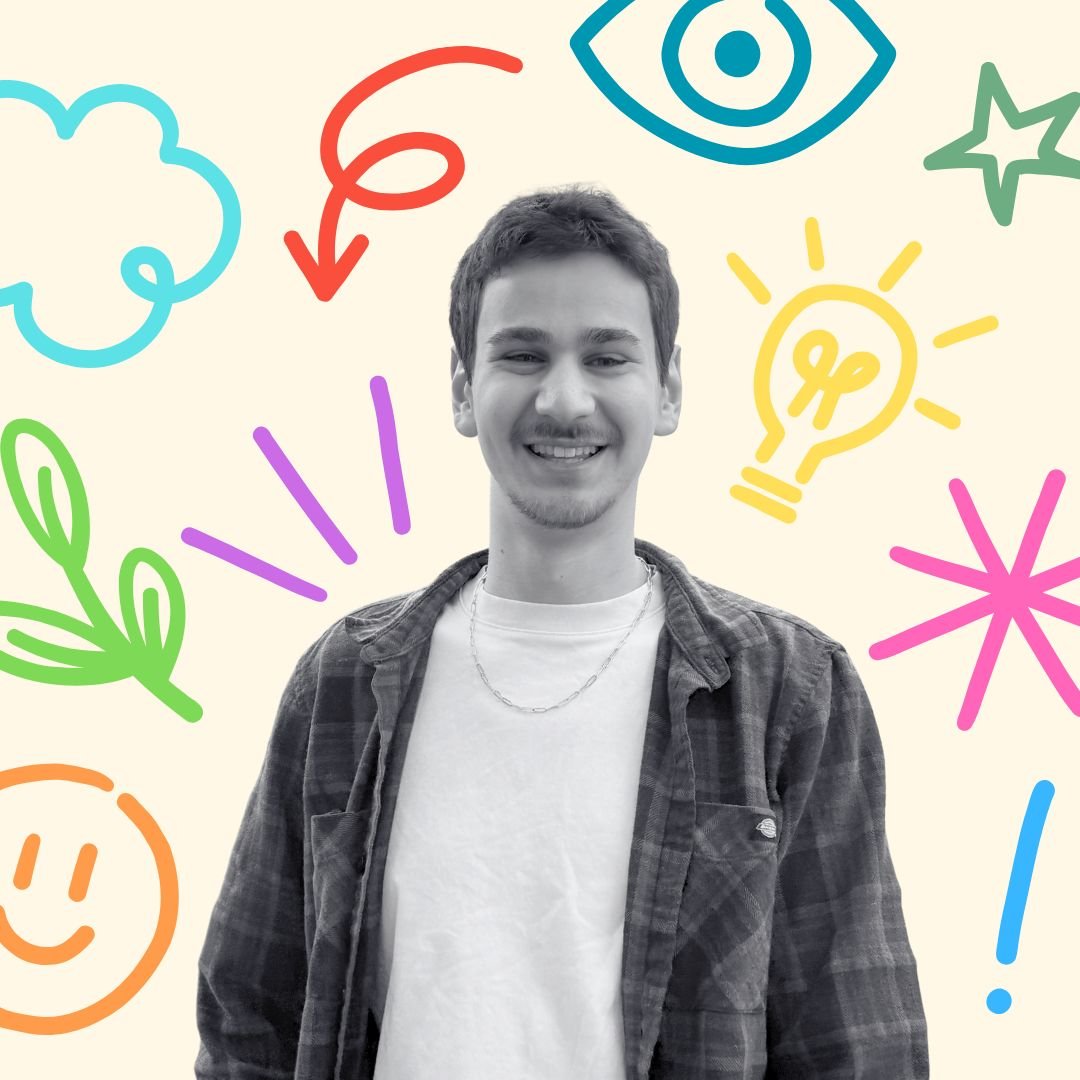Your portfolio includes portraits, events, nature and product shots. What's your favourite and least favourite subject? Why so?
Portraiture is probably my favourite kind of photography because I get to build a connection with the subjects. Photos with no people in them are what I photograph the least. However, I always try to look for that human element in the photos I take.
What is one project or set of images that you're really proud of right now?
While I like to work on multiple projects all at once, I'm particularly proud of my project conveying non-conventional masculinity. I am especially proud of how far it's come since I first started it. Right now, I've managed to photograph marginalized people from various intersections, allowing me to provide true representation. It's still a work in progress as there are always more people to photograph. To me, that's part of why I love it so much.
I started this project because I grew tired of waiting for other artists to portray masculinity that represented my colour, sexuality, and queerness.
The more men I was able to photograph, the more diverse the project became. I also was able to learn more about my identity, and ultimately, became less shy and apologetic of who I am as a man. I'm reassured and more confident now, and I think the people I've photographed would say the same thing about themselves.



